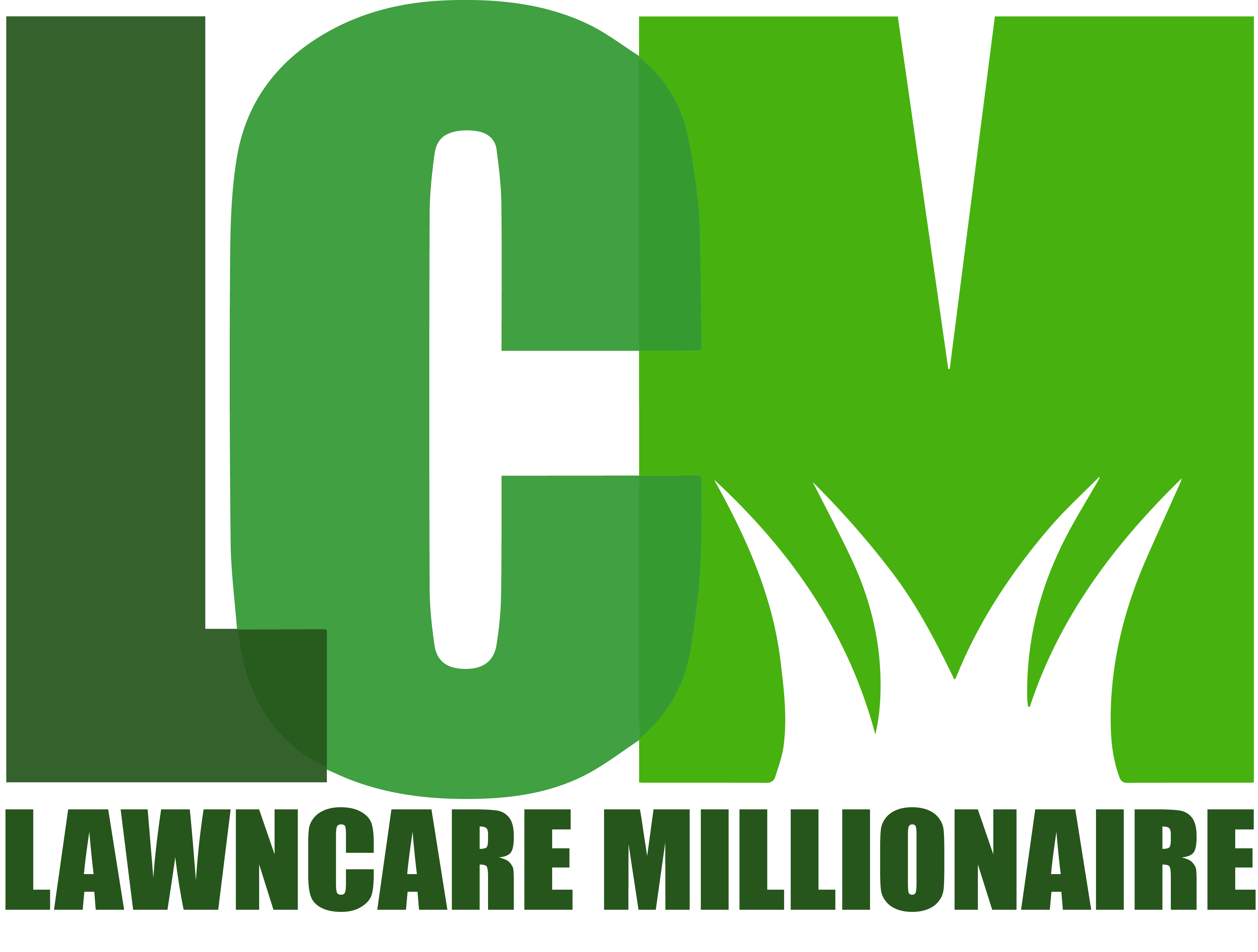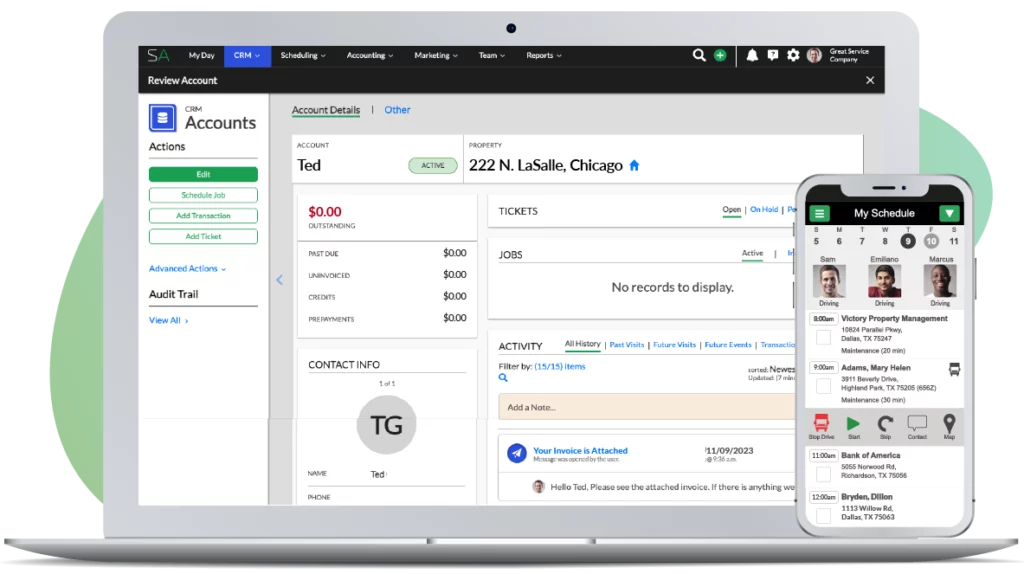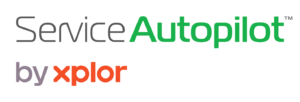In your lawn care business you’ll have two types of overhead. You’ll have fixed overhead and variable overhead. I have a separate video that explains variable overhead.
Fixed costs make up fixed overhead. An example of fixed cost would be rent, insurance, admin salaries, office expense, depreciation, utilities, and the cost of your estimators.
The characteristic of a fixed cost is, it’s one that doesn’t change very much and it’s not affected by activity. Whether you perform a lot of work this week or you perform very little work this week, your fixed costs, or fixed overhead does not fluctuate. It remains fairly constant and it is fairly easy to predict.
You want to be very slow to add these fixed overhead costs because, if there’s a decline in your business, it’s hard to get rid of these costs. If you go out and you sign a three year lease on an office space, it’s a fixed cost. You know every month your office is going to cost you $1,000 a month. If your business takes a significant decline, it’s very difficult to get out of that three year lease and eliminate that $1,000 a month expense.
Insurance on your office building is an example of a fixed cost because the insurance cannot be eliminated without eliminating the lease. Therefore, that insurance cost doesn’t go away until the lease itself goes away.
Admin salaries are fixed. Yes, you could let those individuals go but, generally to keep your business operating and running, you have to keep your admin team. Therefore your admin salaries are considered to be typically allocated in your fixed overhead numbers.
Watch the video about variable overhead and also watch the video about an elementary way to calculate fixed overhead within your business.




One Reply to “What is Fixed Overhead?”
It’s great to see these cost topic articles coming up. I have used them for decades and credit the methods for keeping me alive through numerous economic slumps.
I have not read all these topics. But let me say none of this can not be done with out a good payroll system to track and identify hours, and a properly organized chart of accounts for revenue and expenses.
My business uses time cards. Each day the employee writes an activity name or code for the work they performed that day. Examples – round 1 apps, sprinkler service, sprinkler install, aerate & seed, etc. When payroll is prepared the daily hours are assigned to a code, as are holiday hours, maintenance time in the shop, vacation, etc.
With Quick Books, I can then print a report showing exactly how many hours where payed for each major category. I know how many hours where billable and how many were labor burden. Buy splitting costs in to production expenses vs overhead, it is easy to divide your overhead by your billable hours to get your overhead per hour actually worked. It will be an ugly but useful wake up if you have not done this before.
Insurance – The majority of insurance is payroll and production equipment related for small business. Make sure you put them in production expenses and not in overhead, because they are related to how much work you do. So if business declines, you employ less labor and you may sell off unused equipment or vehicles lowering your costs.
Put office staff and any related vehicles for estimators and supervisors in overhead, because you are going to keep most of them even with a small business down turn.